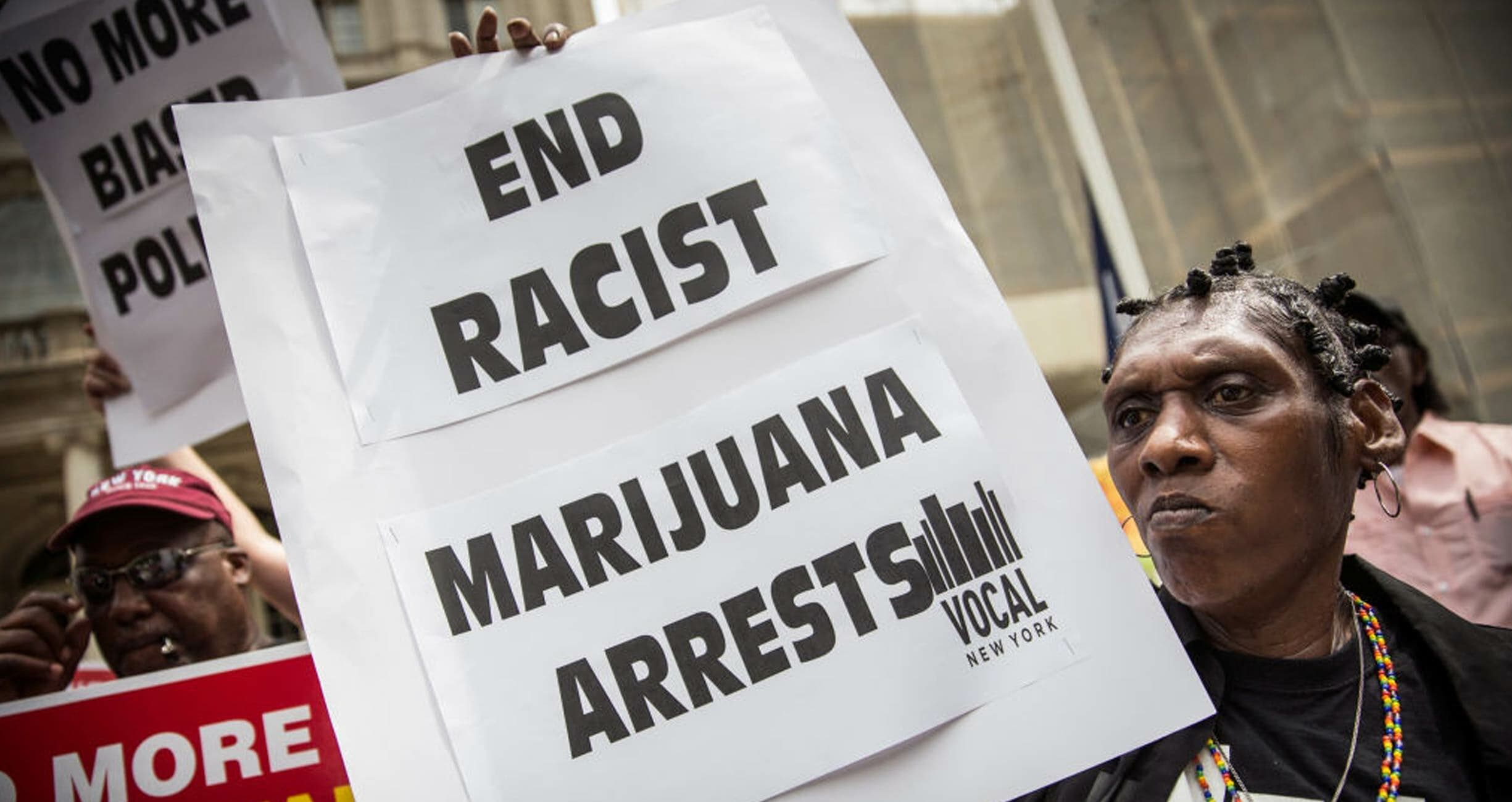Cite and Release is Keeping People Out of Jail

Too often, arrest and incarceration are the default responses for people suspected of low-level, nonviolent crimes. They shouldn’t be.
“Arresting someone has such severe consequences,” said Eric Martinez, executive and policy director of Mano Amiga, a nonprofit that strongly advocated for an ordinance in San Marcos, Texas, that mandates a reasonable alternative to arrest for certain crimes. “A few days in jail can irrevocably alter someone’s life.”
Indeed, pretrial detention can cause people to lose their jobs, housing, and custody of their children, among other adverse social, psychological, and economic consequences. According to a Harvard University study, the effects of pretrial detention on people accused of low-level, low-risk offenses, like trespassing, vandalism, or shoplifting—which often carry shorter sentences to begin with—are especially devastating for people already destabilized by circumstances like poverty or mental health issues.
In April 2020, San Marcos made history by mandating that people accused of certain misdemeanor crimes—like graffiti or possession of small amounts of marijuana—be spared handcuffs and an immediate booking into jail. Instead of conducting an arrest, officers now cite and release people, with instructions to appear later in court. Although cite and release has long been touted and allowed as a practical response in many law enforcement interactions, San Marcos became the first city in Texas to use the force of law to compel their officers to actually use it.
To help keep people out of jail, San Marcos’s ordinance mandates that the San Marcos Police Department make use of a 2007 state law that allows Texas police officers to issue a citation and then release people accused of certain minor offenses. Before the mandate, issuing a citation was optional and rarely performed. In 2015, 15 percent of the people held in the city’s overcrowded jail were accused of low-level marijuana offenses.
When police did issue citations, they disproportionately used them for white people accused of crimes. In 2018, 72 Black people were stopped by city police for infractions that would have made them eligible for a citation—and all were arrested. That data led Mano Amiga to argue that citing and releasing should not remain optional because it is subject to both conscious and unconscious biases. “We wanted an ordinance,” said Martinez.
Many voiced their support. “When officers use their discretion and still choose to arrest low-level offenders, they are choosing to lock a human into a cage we wouldn’t even put our dogs in,” said Faylita Hicks, who was incarcerated for 45 days in Hays County Jail.
That’s why, in 2020, the San Marcos City Council passed the cite and release ordinance by a 4–3 vote. (Officers are still allowed to make arrests in cases where they believe the person could pose a risk to the safety of themselves or others if released.) San Marcos Police Chief Stan Standridge has voiced his support for the policy, joining law enforcement officials around the country who have a positive view of citation.
The United States is one of the most incarcerated nations in the world, with almost 2 million people held behind bars. Texas has seen a 768 percent increase in the total number of people incarcerated since 1970, with more than 1 million jail admissions each year. Far better alternatives exist, particularly for people who are accused of minor offenses. The San Marcos policy approach offers a blueprint for communities across Texas—and the country—to reduce arrests and incarceration by strengthening the policies that, in many cases, are already in place. Pretrial detention wastes resources and ruins lives. More communities should look to San Marcos as a model for codifying best practices into stronger, more equitable laws.
